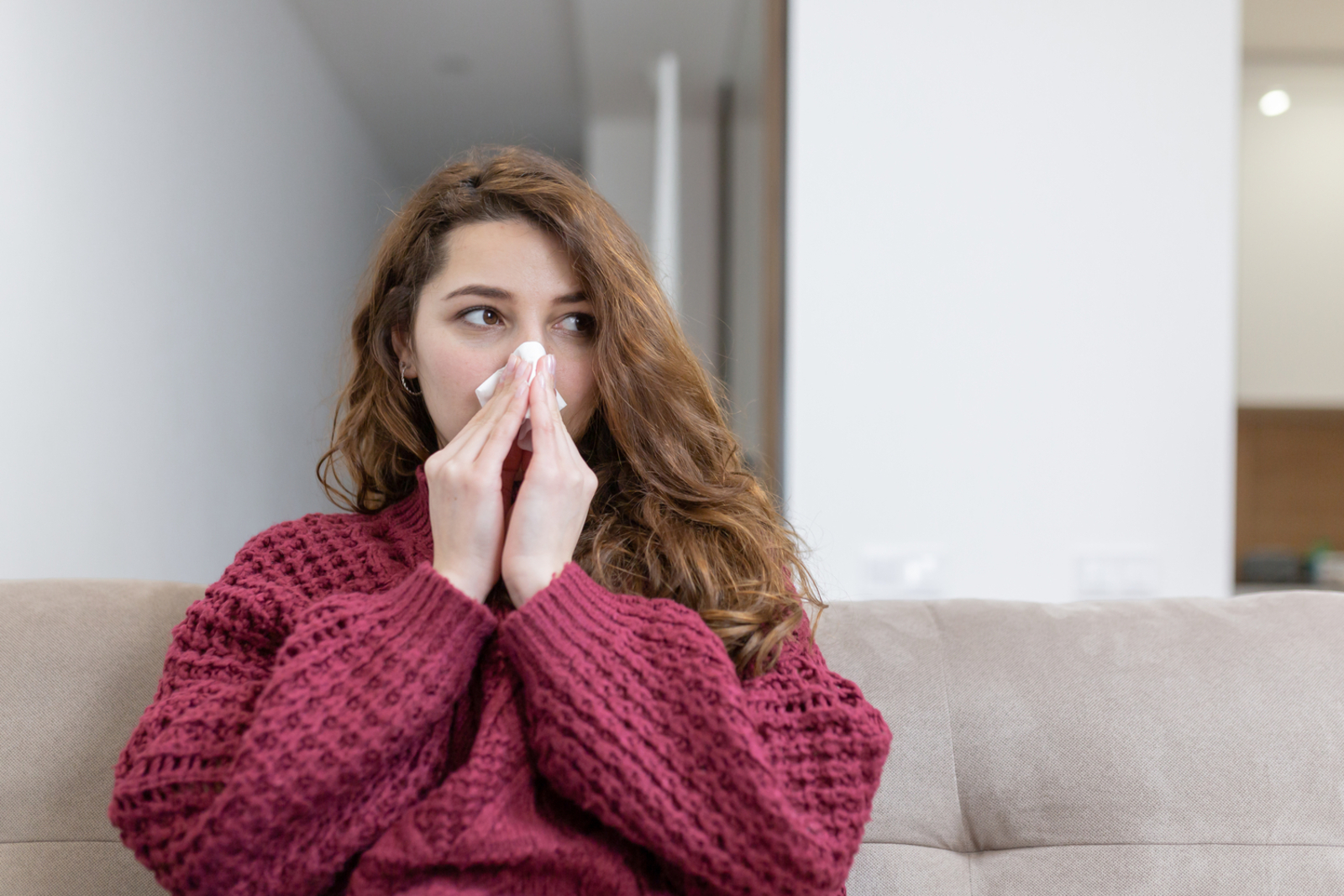
The Top 5 Traditional Hot Spots For Respiratory Illnesses, Including Nasal Polyps
Respiratory illnesses, including nasal polyps, often find their hot spots in specific environments and conditions. Nasal polyps, noncancerous growths in the lining of the nasal passages or sinuses, can significantly impact respiratory health. In this listicle, we explore five traditional hot spots for respiratory illnesses, shedding light on potential triggers and offering insights into nasal polyps treatment.
1. Urban environments and air pollution
Urban environments, characterized by high levels of air pollution, are notorious hot spots for respiratory illnesses, including nasal polyps. Exposure to airborne pollutants, such as particulate matter and pollutants from vehicular emissions, can irritate the nasal passages and sinuses, contributing to the development or exacerbation of nasal polyps. Individuals in urban areas are advised to monitor air quality, use air purifiers, and seek nasal polyps treatment if symptoms arise.
2. Allergen-rich environments
Allergens, such as pollen, dust mites, mold spores, and pet dander, thrive in certain environments, making them hot spots for respiratory issues like nasal polyps. Individuals with allergies are more susceptible to nasal polyps, as repeated exposure to allergens can lead to chronic inflammation. Nasal polyps treatment often involves managing allergen exposure through measures like using air filters, maintaining a clean living environment, and considering allergen immunotherapy.
3. Occupational exposures
Certain occupations involve exposure to respiratory irritants and pollutants, making them potential hot spots for nasal polyps. Workers in industries like agriculture, woodworking, and healthcare may encounter airborne particles and irritants that can contribute to the development of respiratory issues. Occupational safety measures, including the use of protective equipment and regular health check-ups, are crucial in mitigating the risk of nasal polyps.
4. Humid environments
Humid environments, especially those with high humidity levels, can foster the growth of mold and dust mites, triggering respiratory issues such as nasal polyps. Individuals living in humid climates or damp environments should take preventive measures, including using dehumidifiers, ensuring proper ventilation, and promptly addressing water leaks to reduce the risk of nasal polyps.
5. Chronic sinusitis and recurrent infections
Chronic sinusitis, characterized by persistent inflammation of the sinuses, is a hot spot for nasal polyps. Recurrent sinus infections contribute to ongoing inflammation, increasing the likelihood of nasal polyp development. Nasal polyps treatment in these cases often involves managing underlying sinusitis through antibiotics, nasal corticosteroids, and, in some cases, surgical intervention.
Understanding the traditional hot spots for respiratory illnesses, including nasal polyps, is crucial for prevention and effective management. Whether it’s addressing urban air pollution, managing allergen-rich environments, taking precautions in occupational settings, controlling humidity levels, or addressing chronic sinusitis, awareness and proactive measures play a key role. If nasal polyps develop, seeking timely nasal polyps treatment is essential to alleviate symptoms and prevent complications. By staying informed and adopting a comprehensive approach to respiratory health, individuals can navigate these hot spots and foster a healthier and more resilient respiratory system.


